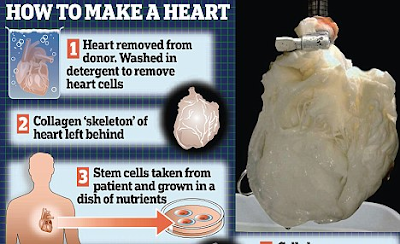It was H.G. Wells who coined the idea of travelling through the fourth dimension to the future or the past in what he famously called The Time Machine.
Now a group of US scientists claims to have managed a similar feat - stopping time for a fraction of a second, but long enough to "cloak" an event.
Moti Fridman from Cornell University and Robert Boyd from the University of Rochester, both in the state of New York, used a laser and "time lenses" to achieve what they call "temporal cloaking" to make something disappear from view as if it never happened.
The pair outline the experiment in the international journal Nature today.
The scientists looked at a technique developed by others in which splitting up light rays "spatially" around an object can render it invisible, and applied the concept of doing so with time.
The time lenses divided light rays into the blue ones, which move faster, and the red ones which move slower.
These were channelled around a 1cm target of fibre, as a second laser shot a particular light into it to produce the "event".
The difference in speed created a tiny temporal gap long enough to be recorded, in which the event could not be seen. Dr Fridman said the effect was clearly detectable by turning the time lenses on and off. "As soon as I activated the cloaking, the event disappeared," he said. "You can see light, then there isn't light, then there is."
This "hole in time" lasted for about 40 trillionths of a second.














